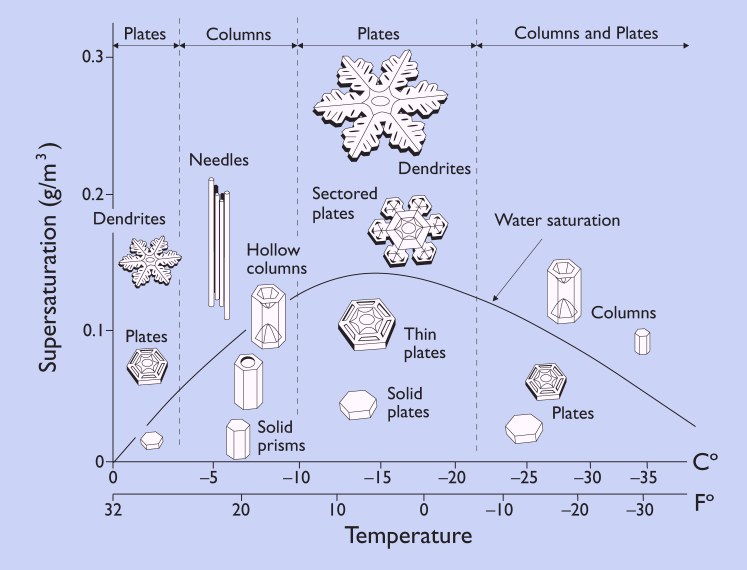
Thursday, March 26, 2009

Monday, March 23, 2009

SMMART READING: COMPUTER SKILLS
Give your child the opportunity to regularly work on the computer, under your supervision. He can develop important skills at a young age. Open a typing program, enlarge the font, and even choose a fun font color.
Show your child how to use a keyboard and mouse. Teach your child to lightly tap each key to produce one letter at a time. Show your child how to use the SHIFT key to make capital letters. Have your child type a capital and the lower case letter next to each other. Explain how to use the delete key and the space key. Talk about keys that are off limits.
Encourage your child to spell out his name on the computer.
Let your child type nonsense words and read the silly “word” to your child.
Dictate words to your child and then help him read the word that he typed.
Let your child use the mouse to highlight words and to place the cursor where he wants to type.
You can even let your child type a page full of letters. Ask your child to highlight a "C" or another letter. Have your child highlight a capital "C", and then a lower case "c".
All of these activities will sharpen your child’s computer skills and improve his reading skills as well.
Sunday, March 22, 2009


My daughter wanted to paint her sculpture...and enjoyed adding some color with her tempura paints. It was fun for her to paint on different surfaces and textures.

Lisa
Sunday, March 15, 2009

Although simple, this activity will engage your child and help him to practice rhythm and beat.
Lay down a piece of packaging bubble wrap (bigger bubbles are better bubbles) on the floor (or better yet, on concrete...a driveway?) and give your child a meat mallet.
Play a song or sing a simple song with your child and have your child hit out the beat on the plastic bubble wrap. Be sure to beat along to help your child keep the rhythm.
Other fun things to practice on are pots and pans with spoons, or a meat mallet on crushed ice that is on a cookie sheet.
You can also fill a plastic bottle with dried beans and let your child shake out a rhythm.
Sunday, March 8, 2009

Print out some shamrocks here:
http://kids.creativity-portal.com/images/free/pdf/stpatricks.printables.pdf
or here:
http://www.coloringcastle.com/pdfs/seasonal/stpat-sayings.pdf
and color them a few different colors. You could also cut out shamrocks from different colored cardstock or construction paper.
Hide the shamrocks around the room and let your child fill a basket with the “treasure”.
-Let your child sort the shamrocks into colors and count how many of each color she found.
-Count all of the green shamrocks and then place one shamrock of another color beside them. Use appropriate math terminology with your child as you add (subtract/multiply/divide) the shamrocks together. “5 green shamrocks plus one red shamrock equals… six shamrocks.”
For even more advanced mathematicians:
You can assign a point value to each color. When your child sorts the shamrocks, she can add up all of the points by color and come up with a total.
Of course, this math activity is flexible to accommodate any holiday with an iconic shape, or just hunt for the colored geometric shape of your choice.
Sunday, March 1, 2009


This activity gives you a great visual model of what a 6-sided Star Snowflake Crystal looks like.
You will need:
1 cup boiling water in a pot
Salt
Pipe cleaners and cotton string
.
· Dissolve ¼ cup salt in 1 cup of boiling water. You want to make sure there are salt crystals that do not dissolve that are sitting on the bottom of the pot. You are creating a supersaturated solution where the water cannot dissolve any more salt.
· Twist three pipe cleaners together to make a six-armed star.
· You need to tie cotton around one of the arms then suspend it in a jar full of a saturated solution of salt or sugar.
· Make sure that your star is fully immersed in the solution but not touching the bottom of the jar.
· Try adding food coloring to the solution if you’d like a colored star.
You can also use 3 cotton pieces of string, tied together in a knot in their middles. Wet the strings in the supersaturated solution. Fill the bowl with the supersaturated solution and drape each free end over the edge of the bowl in the shape of a star. Be sure to put a paper towel under the bowl for any drips. Leave the string alone for a few days and see what forms along the cotton arms.
